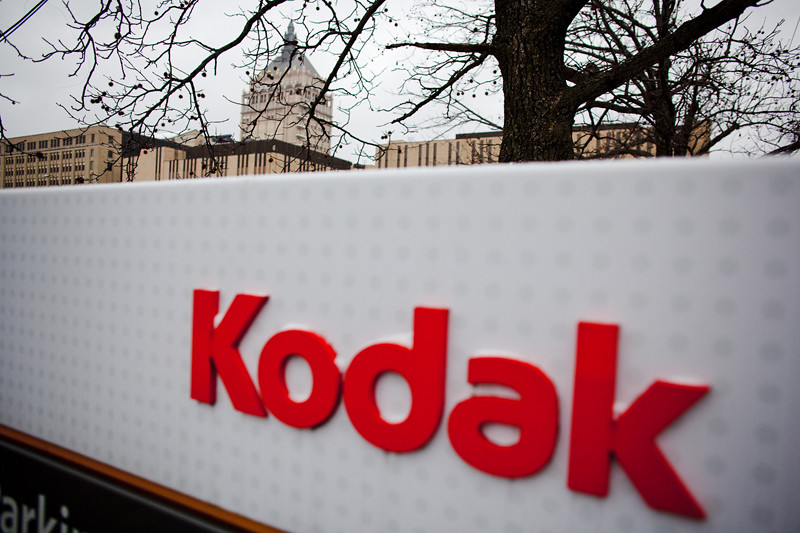South Korea: The Global Leader

South Korea continues to dazzle the world with its lightning-fast internet and nearly universal coverage. With an average download speed topping 121.7 Mbps in early 2024, it’s no wonder people often call it the gold standard for connectivity. The government has poured resources into digital infrastructure, ensuring that 98% of the population—urban and rural alike—enjoys high-speed internet. This incredible access has fueled a booming tech industry, with companies like Samsung and LG constantly pushing boundaries. The country’s aggressive rollout of 5G networks has made high-speed mobile internet commonplace, even in subway tunnels and remote islands. Policies supporting competition among providers have kept prices reasonable, making fast internet accessible to most households. Thanks to all these efforts, South Korea is now seen as the ultimate model for internet access, inspiring countries across the globe to step up their game.
Singapore: A Smart Nation

Singapore is famous for weaving technology into the very fabric of its society. The city-state boasts an average download speed of 107.6 Mbps, making buffering a thing of the past for most residents. Nearly every household and business is connected through a national broadband network, part of the government’s ambitious Smart Nation initiative. This push for digital integration extends to public services, with everything from healthcare to parking now managed online. Singapore’s fiber-optic backbone is a result of heavy investment and meticulous planning, ensuring that even densely populated areas don’t experience network slowdowns. The country’s role as a regional tech hub attracts both talent and innovation, driving digital growth even further. With internet penetration over 88%, Singaporeans live in a world where connectivity is as reliable as running water.
Switzerland: The Alpine Connectivity Champion

Switzerland’s commitment to internet access is nothing short of remarkable, especially considering its mountainous terrain. The country averages 95.5 Mbps in download speed, thanks to a massive rollout of high-quality fiber-optic networks. It’s an impressive feat to reach even the most remote Alpine villages, but Switzerland has managed to get more than 90% of households online with stable broadband. The government’s strong push for competition among service providers has resulted in better prices and higher service quality for everyday users. People in Switzerland often praise the reliability of their connections, which is further safeguarded by the country’s leading standards in cybersecurity. As a result, both families and businesses enjoy a secure, seamless online experience. Switzerland’s blend of innovation and reliability makes it a digital oasis in the heart of Europe.
Norway: A Model of Digital Equality

Norway stands out not just for its fjords but for its impressive commitment to digital inclusion. With an average download speed of 94.4 Mbps and 98% of people online, Norway has made sure that internet access isn’t a luxury but a fundamental part of daily life. The government’s investments reach deep into rural communities, erasing the usual urban-rural divide seen elsewhere. Policies prioritize affordable access, allowing students, families, and businesses to thrive in the digital age regardless of income or location. Norway’s focus on sustainability extends to its digital infrastructure, with energy-efficient data centers and green technology powering much of the network. People here speak with pride about how even the smallest fishing village can stream, surf, and connect as easily as Oslo. Norway’s balanced approach—fast, fair, and green—sets it apart as a true digital leader.
Japan: The Tech Innovator

Japan’s reputation for technological prowess is reflected in its internet access, where speeds average 92.3 Mbps and nearly 95% of people are online. The country’s relentless investment in fiber-optic and 5G networks ensures that whether you’re in bustling Tokyo or a rural mountain town, you’ll find reliable, fast connections. This robust infrastructure supports Japan’s thriving digital culture, from online gaming to virtual reality experiences. The government has made it a priority to keep the country on the cutting edge, recently launching new initiatives to expand 5G access nationwide. Everyday life in Japan is deeply intertwined with digital tools, from contactless payments to smart home devices. The seamless blend of tradition and innovation here means that technology enhances, rather than replaces, Japan’s unique way of life. With such a strong focus on both access and quality, Japan remains a beacon for tech-savvy societies.
United States: A Mixed Landscape

The United States paints a complex picture when it comes to internet access. Urban areas like New York and San Francisco enjoy blazing download speeds averaging 88.2 Mbps, but many rural communities still struggle with spotty and slow service. About 85% of Americans have access to the internet, yet millions remain disconnected, particularly in remote and low-income areas. The Federal Communications Commission (FCC) has acknowledged this “digital divide,” rolling out new funding and programs to help rural regions catch up. Major tech companies are also joining the push, with projects aimed at expanding broadband to underserved communities. Despite these ongoing challenges, the U.S. remains a hotbed for digital innovation, home to giants like Google, Amazon, and Apple. The hope is that with continued investment and attention, the gap between the digital haves and have-nots will gradually shrink, leveling the playing field for all Americans.
Afghanistan: The Connectivity Struggle

Afghanistan faces some of the world’s toughest challenges in getting its people online. With an average download speed of just 3.6 Mbps, most internet users experience frustratingly slow connections. Only about 20% of the population has any kind of internet access, a figure held back by years of conflict and political instability. Infrastructure is often outdated or simply nonexistent, especially outside major cities. Telecommunications companies struggle to invest in new technology amid ongoing uncertainty, leaving many Afghans disconnected from the wider world. International organizations are attempting to help, bringing in projects to expand access and improve digital literacy. Still, the road ahead is long, and many families remain cut off from the opportunities that come with reliable internet.
Yemen: A Nation in Digital Isolation

Yemen’s internet access is among the most limited on the planet, with average download speeds barely reaching 1.5 Mbps. Years of civil conflict have severely damaged the country’s telecommunications networks, leaving large swathes of the population without any connection at all. Only about 30% of Yemenis can get online, and those who do often pay sky-high prices for unreliable service. The lack of investment in digital infrastructure is a direct result of ongoing instability, making it nearly impossible for the country to modernize. Even humanitarian organizations struggle to maintain communication lines, which hampers relief efforts and everyday life. For many Yemenis, the digital world remains a distant dream, and the need for help and investment has never been greater.
Democratic Republic of the Congo: The Digital Divide

The Democratic Republic of the Congo (DRC) is a stark example of the global digital divide, with average internet speeds of just 2.2 Mbps and only about 11% of people online. Political challenges, economic instability, and vast, difficult terrain make it incredibly hard to build and maintain internet infrastructure. Even in major cities, connections are often slow and unreliable, limiting opportunities for education, business, and personal communication. While a handful of private companies are trying to expand access, progress has been painfully slow. International agencies and nonprofits are calling for urgent investment to help bridge the gap, arguing that internet access is now a basic necessity, not a luxury. For most Congolese citizens, the digital revolution still feels far off, highlighting just how unevenly the benefits of the internet are spread around the world.






